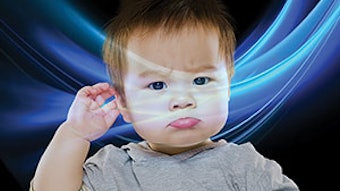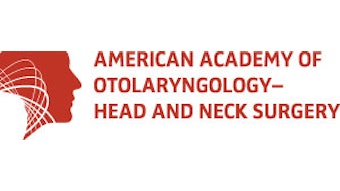Kids ENT Health Month
Kids ENT Health Month is important as it helps raise awareness about common problems that children encounter in the ear, nose and throat,” explained David R. White, MD, chair of the AAO-HNS Pediatric Otolaryngology Committee.

Kids ENT Health Month is important as it helps raise awareness about common problems that children encounter in the ear, nose and throat,” explained David R. White, MD, chair of the AAO-HNS Pediatric Otolaryngology Committee.
Conditions that can bring a child to an otolaryngologist include ear problems, hearing and speech problems, nasal congestion, nose bleeding, sinus issues, sleep apnea and snoring, aliments of the throat, and difficulties swallowing.
“There are so many important structures within the head and neck that affect a child’s development—the ability to hear, to speak, to smell, to breathe, to swallow, to taste—all of these are hugely important for leading a normal life,” said Dale A. Tylor, MD, chair of the AAO-HNS Media and Public Relations Committee. “If a child has a problem with these actions, there’s usually a treatment but it takes getting checked out to find out.”
“One of the reasons children are most likely to see an ENT is for issues related to the ears, particularly when problems are recurrent or chronic,” said Dr. White.
“The intent behind Kids ENT Health Month is for education to the public, but I think the observance also helps to remind those of us in the medical community of what the most recent guidelines say,” Dr. White said.
This February, Kids ENT Health Month coincides with the release of “Updated Clinical Practice Guideline: Otitis Media with Effusion,” published as a supplement to Otolaryngology–Head and Neck Surgery.
The updated guideline on OME, or ear fluid, is profiled here in the Bulletin on page 14, and was released alongside a patient-friendly plain language summary and tables of frequently asked questions.
Kids ENT Health Month quick tips
- Put the cotton swabs down. The ear has an amazing ability to clean itself out and, in fact, the act of trying to clean the ear out with a cotton swab can sometimes push the wax back down and cause a buildup of wax that can then impair hearing. You shouldn’t be putting anything smaller than your elbow in your ear.
- Watch out for foreign bodies and nuts. Small toy parts, button batteries, and small magnetic parts can be life-threatening if ingested. Examples include batteries from hearing aids, watches, and noise-making greeting cards. Also be cautious not to feed children nuts until they develop molars and are able to grind the food down.
- Consult an ENT doctor if there are concerns about a child’s hearing or speech development. Speech develops at varying rates so not every child will develop the same, but if development stalls or is not happening, an assessment may find a structural problem in the mouth or a hearing-related issue that can be addressed.
- Take snoring seriously. It’s not uncommon for a child to snore while they have nasal congestion, but if they’re snoring every night or have pauses in their breathing (called apneas) that can have significant impact on their health and quality of life, causing headaches and affecting attention spans and academic performance.
Ear, nose, and throat ailments remain among the primary reasons children visit a physician. Visit www.entnet.org/KidsENT and access materials prepared for you to observe Kids ENT Health Month.
Connect with your community and take a lead in raising awareness about pediatric ear, nose, and throat disorders.











